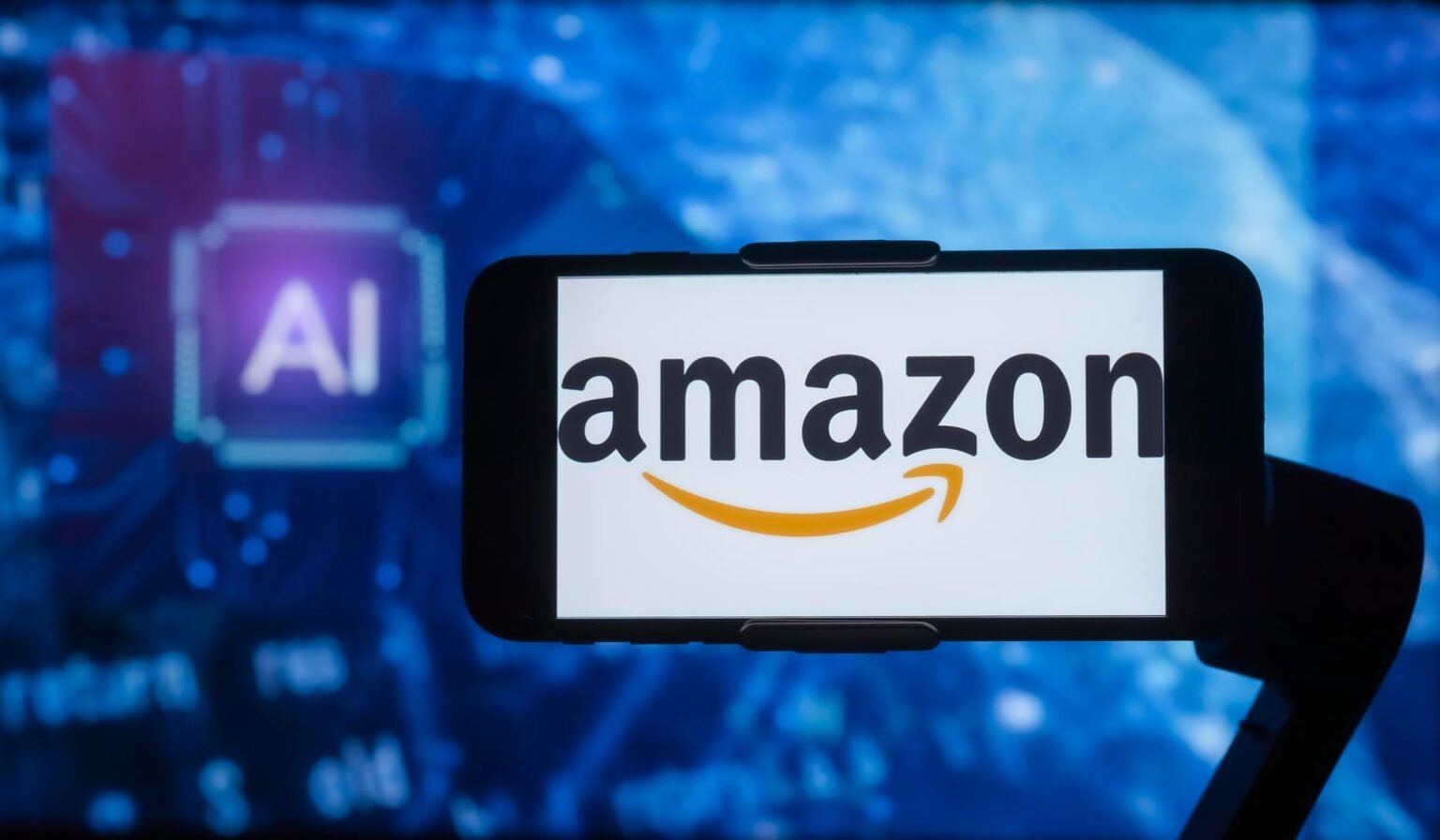Amazon has been a pioneer in several important industries before Jeff Bezos stepped down as CEO in July 2021. The company revolutionized online selling, offering everything from books to video streaming services, and transformed its computer systems into a new industry with cloud services. However, despite still leading the industry, Amazon Web Services is experiencing slower growth compared to Microsoft’s Azure. The difference seems to be Microsoft’s generative AI strategy, which includes a significant investment in OpenAI, the creator of ChatGPT.
There are concerns about whether CEO Andy Jassy can turn generative AI into a third groundbreaking innovation for Amazon. The e-tailing giant is also looking to restore the high growth rates it experienced between 2010 and 2020, averaging 27.4% annually. However, there are three reasons why this ambition might be challenging. First, the revenue opportunity for generative AI may be limited outside of AI chips. Second, Amazon is playing catch-up against a formidable rival in generative AI cloud services and software. Finally, unless Amazon’s generative AI strategy can win a significant share of a large, fast-growing market, meaningful and faster growth may be difficult to achieve.
Amazon’s generative AI strategy lacks specificity in certain dimensions, such as revenue goals and pricing. While the company has articulated a broad vision, it has not set specific revenue targets for generative AI. However, Amazon aims to satisfy both enterprise customers’ and consumers’ generative AI needs, offering a range of products and services. The company plans to deliver its generative AI products through partnerships and internal development, using AWS data centers as a key delivery mechanism.
There is some uncertainty about how much revenue Amazon expects to earn from generative AI, with estimates suggesting potential revenue in the tens of billions of dollars in the next several years. Despite AWS maintaining a lead in the cloud services market, Microsoft’s Azure is growing more rapidly and closing in on AWS’s market share. In the first quarter of 2024, AWS lost market share while Azure gained, raising the possibility of Azure surpassing AWS as the industry leader by 2026.
While Amazon’s stock outperformed Microsoft’s in the first half of 2024, there are questions about whether generative AI can help Amazon grow faster. Jassy has stated that AWS has already reached a multibillion-dollar revenue run rate related to artificial intelligence. With the right products in place, Amazon will need to focus on marketing to catch up to Microsoft in the generative AI race. Analysts believe there is potential for Amazon stock to see more upside compared to Microsoft’s stock, with price targets suggesting an increase in both companies’ stock values in the near future.












